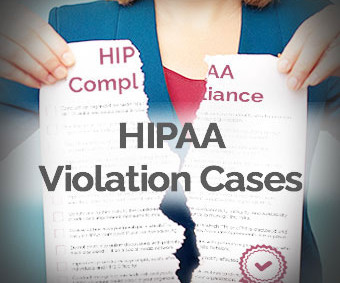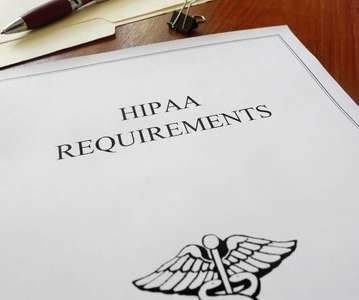Developing Custom Healthcare SaaS Application: A Complete Guide
Arkenea
JUNE 27, 2025
Match With The HIPAA Compliance Checklist HIPAA compliance is critical when using any electronic medium to exchange patients’ confidential health care information. Despite this, healthcare institutes fail to comply with HIPAA. Here we’ve listed the four points you need to remember while ensuring HIPAA compliance: a.



























Let's personalize your content